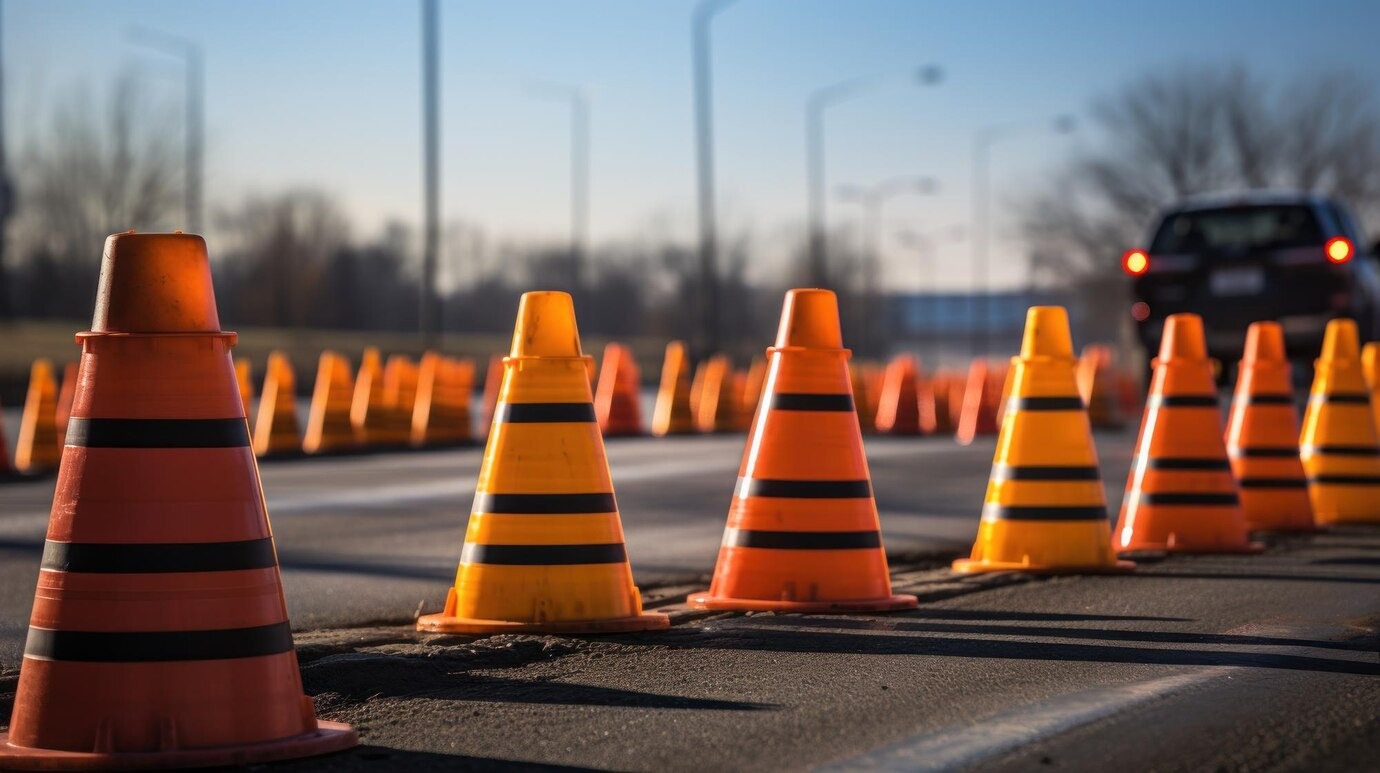How Proper Road Signage in Australia Enhances the Effectiveness of Safety Barriers
Safety on the road is a critical concern for drivers, pedestrians, and governments alike. In Australia, safety barriers have proven to be an essential tool in reducing accidents and preventing vehicles from veering off the road. These barriers alone are not enough. The role of road signage in Australia is equally important in alerting drivers to changes in road conditions, guiding them towards the right actions, and ultimately enhancing the effectiveness of safety barriers.
The Role of Safety Barriers
Safety barriers are physical structures placed on roadsides and medians to protect drivers in case of accidents or sudden swerves. These barriers minimise the damage caused when vehicles leave their lane, preventing head-on collisions, rollovers, or vehicles crashing into dangerous areas like cliffs or ditches. Common types of safety barriers include guardrails, concrete barriers, and wire-rope barriers, each tailored for specific road types and traffic volumes.
Enhancing Driver Awareness with Proper Road Signage
While safety barriers offer a physical layer of protection, road signage in Australia ensures that drivers are aware of the conditions that require extra caution. Proper signage, such as warning signs before sharp curves, speed limit changes, and upcoming hazards, allows drivers to adjust their behaviour before encountering dangerous areas. By doing so, drivers are less likely to collide with the safety barriers, reducing the chances of accidents and further damage.
Clear Communication Through Signage
Road signage in Australia is effective because it provides clear communication to road users. Signs that indicate the presence of safety barriers, construction zones, or reduced lanes give drivers the necessary information to make informed decisions. Warning signs indicating upcoming roadworks and temporary safety barriers prevent accidents in construction areas. Drivers are more likely to slow down and stay within their lanes when they are made aware of potential dangers ahead, keeping both themselves and others safe.
Integration of Dynamic and Static Signs
Integrating static and dynamic road signage enhances the effectiveness of safety barriers. Static signs, such as “sharp curve ahead” or “merging lane,” provide long-term instructions for road users. Meanwhile, dynamic signs, which can change based on real-time conditions, are particularly effective in adjusting speed limits or warning about temporary road hazards, such as severe weather or traffic congestion. This real-time information ensures that safety barriers are used effectively, reducing the risk of accidents in rapidly changing conditions.
Positioning of Signage and Barriers
The correct positioning of road signage in Australia helps maximise the benefits of safety barriers. Signs must be placed at appropriate distances from the hazards they are warning about, allowing drivers enough time to react. If a curve or a steep drop is ahead, a sign should be positioned far enough away so that drivers can slow down before they reach the barrier. Well-positioned signage prevents last-minute swerves and emergency braking, which can lead to collisions with the safety barriers.
Protecting Pedestrians and Cyclists
In urban areas, safety barriers and road signage in Australia work together to protect drivers and pedestrians and cyclists. Barriers along busy roads or highways prevent vehicles from leaving the roadway and entering pedestrian paths or cycling lanes. Proper signage, such as “pedestrian crossing ahead” or “shared path,” ensures that motorists are aware of the presence of vulnerable road users, reducing the likelihood of accidents and improving overall safety.
Conclusion
The combination of well-placed safety barriers and clear road signage in Australia is critical for ensuring the safety of everyone on the road. Safety barriers physically protect road users, while effective signage helps prevent accidents by keeping drivers informed and cautious. Together, they create a safer driving environment, reducing the likelihood of collisions and serious injuries.
Ultimately, investing in both safety barriers and proper road signage in Australia ensures that roads are functional and safe for all users. Whether you are driving in a city or on a rural highway, following road signs and understanding the purpose of safety barriers is key to preventing accidents and keeping roads safe.
Google My Business Profile : https://maps.app.goo.gl/e9RLg9BD5ksqw1fCA














Post Comment